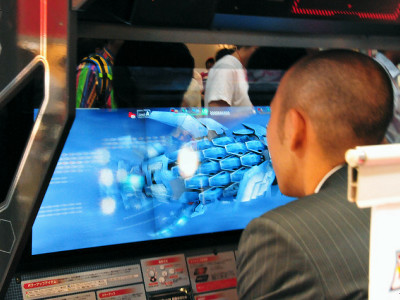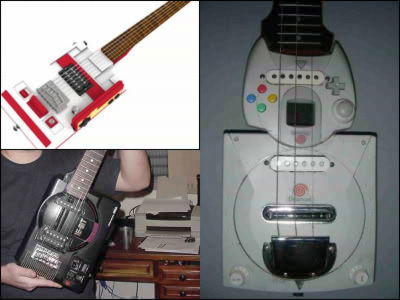How much groundbreaking was the arcade housing of Taito masterpiece STG 'Darius'?

by air kneading
" Darius " announced by Taito for the arcade in 1986 is a title representing the side-scroll type shooting game (STG) which is sometimes mentioned in the side STG Okanagi . In the first "Darius", a large arcade cabinet equipped with a bench seat with a built-in three-screen monitor and a built-in body sonic was adopted and called a big topic. A feature article on the game magazine " Beep " that was released at the time was summarized by overseas blog on how much the large casing of this original "Darius" was innovative.
The Making of Darius | originally featured in the 4/87 edition of BEEP! Magazine
http://shmuplations.com/darius/
A big feature of "Darius" is a wide screen configuration using a huge display with three monitors in line. Actually you can see how to play "Darius" case with the following movie.
Darius 1986 Arcade Machine Gameplay en la Recreativa Original en Akihabara! - YouTube
At the time of 1986, a liquid crystal monitor capable of color display was not yet popularized in terms of cost, and a CRT monitor was used in the case of "Darius". However, there are always edges around the cathode ray tube monitor, so if you arrange them as it is, gaps will definitely be created at the seams of 3 screens, which will greatly affect game play.
Therefore, in order to eliminate the seams of three screens, the mechanism of reflecting the screen using a half mirror is adopted in the case of "Darius". Position the left and right two of the three monitors at the bottom of the chassis and place the central monitor at the back of the mirror. When you combine the left and right screens reflected on the mirror and the central screen seen through the mirror, the player sees three seamless seams in the player.
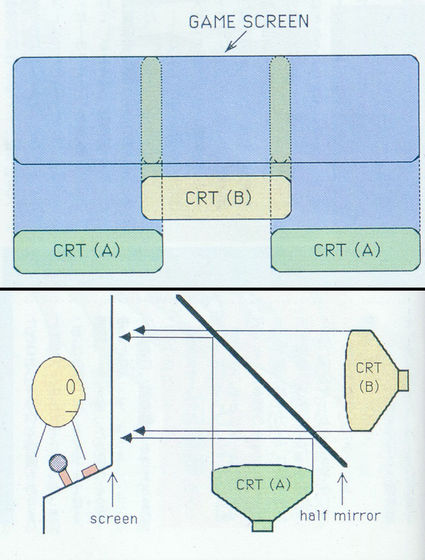
In addition to the display, the housing of "Darius" is devised with sound. For example, a headphone jack is mounted on the left and right of the case of "Darius". It is not uncommon for modern arcade housings to have headphone jacks, but in the 1980s the case with headphone jack as standard was a very rare one. And the music of "Darius" is handled by Mr. Hisaka Ogura , OGR of Taito's sound development department " ZUNTATA ", and BGM boasts high popularity even in modern times.
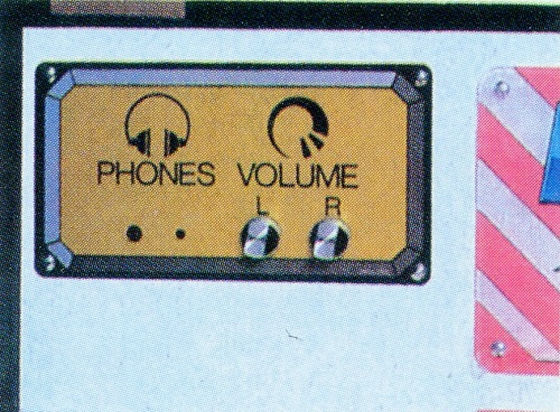
Furthermore, I was able to enjoy music not only from headphones and speakers but also on "Body Sonic" built into the seat sitting on play. When the Body Sonic exclusive signal is outputted according to BGM, the seat vibrates accordingly, and it is a mechanism to crowd the presence feeling.
According to Taito's development staff, rather than developing such a large enclosure to have the game "Darius" play, originally "What kind of game would you make if you could develop a display that can display three screens seamlessly?" It was born from the argument that "should it be?" Taito developed a side scrolling STG called "Darius" to show the capabilities of a seamless three-screen display casing that was epoch-making at the time.
Regarding the installation of the headphone jack and the body sonic system, I heard that there was an idea inside Taito before announcing "Darius". The development staff responds to Beep's interview, "I thought about packing as many ideas as possible as long as it is to make this luxurious enclosure."
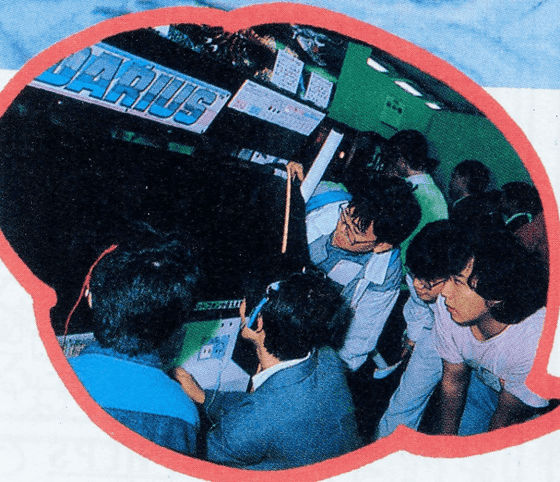
In the 1980s, Family Computer from Nintendo, PC Engine from NEC Electronics Home Electronics, etc., The era when games played at the game center casually became even at home. Beep's editor said, "In order to survive arcade games differently from home games, developers must continue to develop new hardware, which will expand the possibilities of games We will conduct a sharp analysis. " "Whether or not state-of-the-art hardware will succeed depends on the quality of the underlying game design, and in order for hardware to be accepted by the public, it depends on excellent hardware performance I need a good idea without it. "
In 1987 when the interview was done, the second title for the three screen display chassis following "Darius" was developed. And in 1988, side-scrolling action game " Ninja Warriors " is on sale.
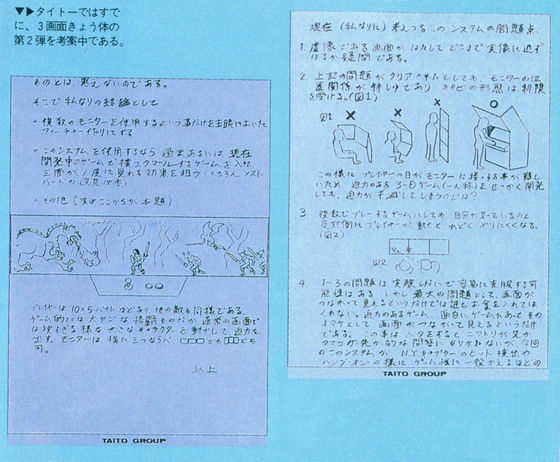
Related Posts:

